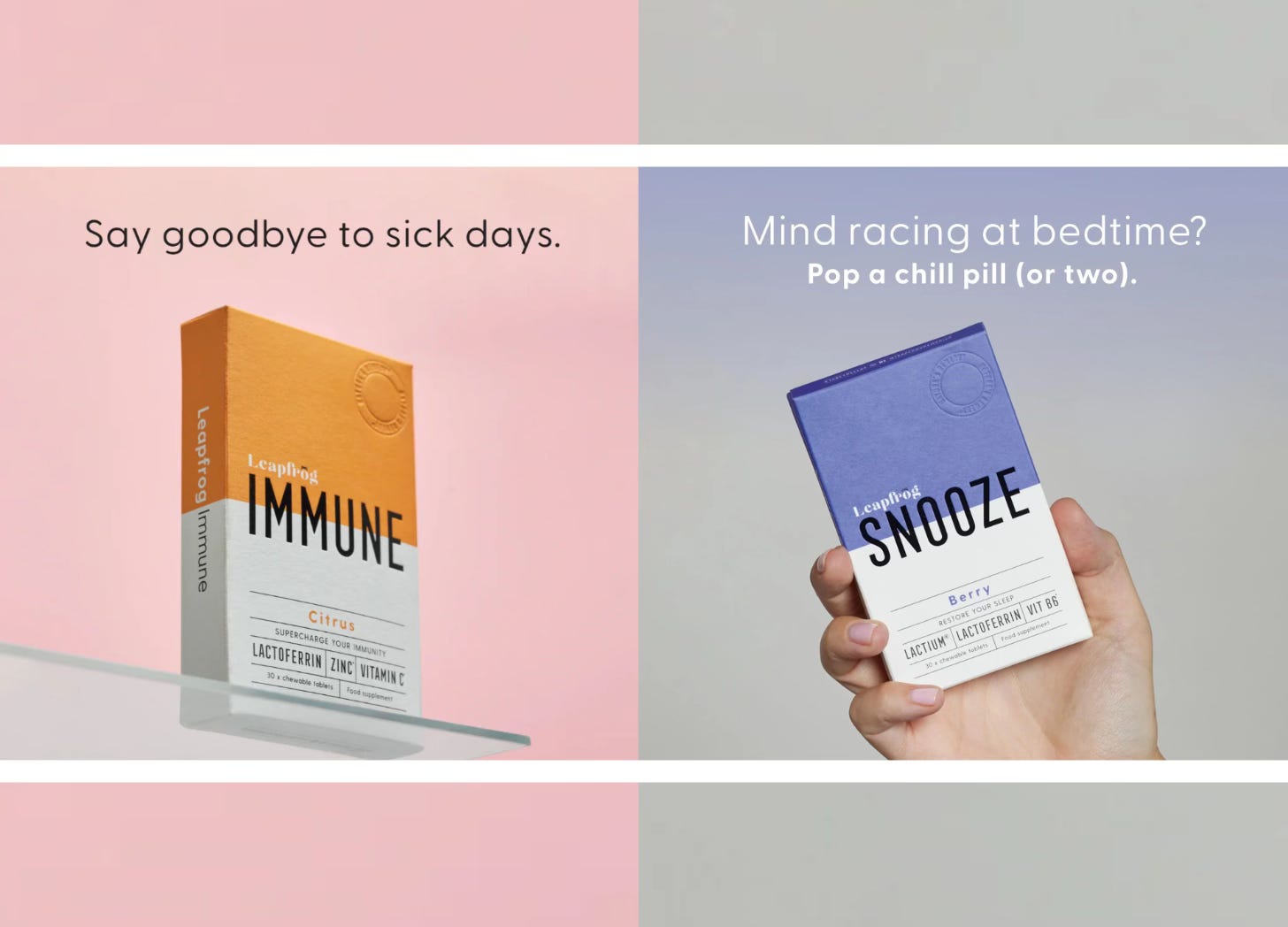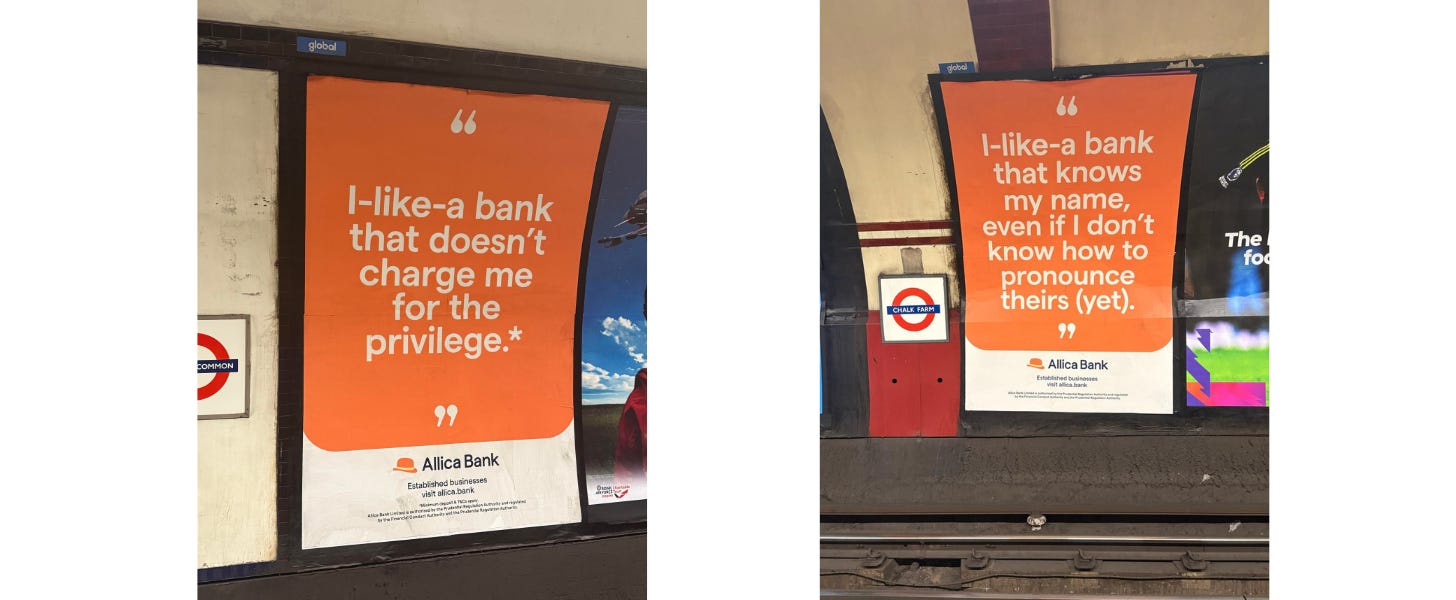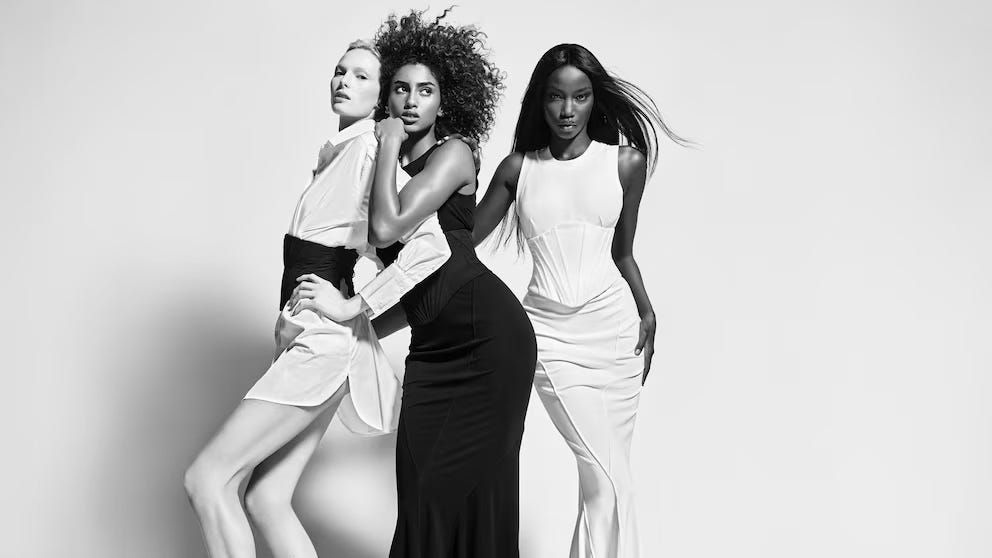Lonely Chocolate. Chill Pills. Recession Couture.
And... are you ready for the resale revolution?

From London (Mia)
Brand names should be easy to say. But what happens when people keep getting yours wrong? Don’t ignore it! I like the approach Tony’s Chocolonely took by directly calling out its common mispronunciation in a Valentine’s Day campaign that turned confusion into playful correction. Alternatively, you can guide pronunciation more subtly by intentionally shaping the linguistic cues surrounding your name. This works especially well for coined nomenclature and unconventional spellings. Take Allica Bank. After being repeatedly mistaken for ‘Alicia’, the company recently launched a London Underground campaign featuring billboards that break Allica down syllable by syllable, reinforcing the correct pronunciation in a way that’s lighthearted, effective and memorable.
Gut health had its moment. Now it’s the mouth’s turn. Researchers are uncovering how our oral microbiome connects to everything from Alzheimer’s and diabetes to obesity and preterm birth. Oral care brands, are you paying attention? Most companies still sell surface benefits—whitening, freshening, cavity-fighting etc. But there’s a deeper, more powerful story around systemic health waiting to be told. To win, brands need to move beyond toothpaste/mouthwash aisle and show up meaningfully in wellness routines, healthcare conversations and diagnostic innovation. It’s time for oral care to build like health companies and think like wellness ones—backed by science, driven by lifestyle and ready to take a leaf from the gut playbook by reframing oral care as whole-body care.
We’ve all heard the theory: our emotions run high at 30,000 feet. Maybe that’s why I found myself tearing up mid-flight this week while watching this HSBC Malaysia ad. Or maybe it really is that good? Airports and planes are critical and unique in-between spaces, and HSBC has banked on making them its brand stage for years now, integrating its distinctive message through jet bridge takeovers, pre-roll ads and thoughtful storytelling. It’s a masterclass in meeting a high-value audience where they are: in transit, in emotion, and in the right mindset to feel something deeply.
Never heard of Lactoferrin? It won’t be long. While colostrum is getting major hype thanks largely to Armra’s massive influencer marketing spend, London-based Leapfrog Remedies is betting on lactoferrin (an iron-binding glycoprotein found in mammalian milk) as the next big thing in immunity and inflammation. As we’ve seen in beauty, consumers love a hero ingredient story. And while lactoferrin is naturally found in colostrum, isolating it gives Leapfrog a cleaner, more focused narrative—and a shot at carving out its own space in the wellness aisle.
From Chicago (Ellen)
Some hopeful news. Recession hypers are all over the recent state of affairs, making the rounds to every podcast and news outlet, spreading their doom and gloom. Yes, the dark clouds of an economic downturn seem to be rolling in, thanks to our very own President Payback. For many, these conditions feel eerily familiar (2020, anyone?). What we called the “apocalypse shop” then is “building a tariff pantry” now— a whole lot of stocking up on cheap non-perishables and sacrificing “favorites” for anything that’ll get the job done. Brands and consumers alike will learn to live more simply and cheaply… yet again. And, if history repeats itself (as it often does), some lasting value will come of it.
Remember…
Streaming services took off during the 2020 downturn and— to this day— remain a dominant force in the entertainment industry. Now, we’re accustomed to Friday nights in with delivery pizza vs. expensive dinner-and-movie nights out (sorry, AMC and Cinemark). To many, the endlessness of streaming + pizza possibilities feels like a far greater luxury.
Also, the preceding recession (circa 2008) brought about the “sharing economy” with both Uber and Airbnb launching at that time. Today, sharing isn’t just about delaying or avoiding big expenditures like cars, second homes, and timeshares. It’s become a convenience we can’t imagine living without.
So, what frugal fortune will we find in this next economic upset? I have my money on minimal packaging, normalization of reuse and resale, and an overall greater commitment to zero waste. As brands and consumers, we’ve been aspiring in this direction for some time, thwarted mainly by cost and convenience. Brands that have maintained a strong zero-waste stance are often pretty premium (think Another Tomorrow and EcoAlf). Or, they’re heavily reliant on a customer base and supply chain that are as committed to zero waste as they are— even willing to go out of their way for it (think Jimbo’s grocery with its plastic-free aisles and bulk refill stations). But desperate times…
Who (besides Brian Niccol) really knows if Starbucks’ transition to ceramic and glass drinkware on “for here” orders was really about rebooting the coffeehouse feel or just an attempt to cut costs? Regardless, it’s happening nationwide, and you can guarantee many local shops will follow suit. Frugal, “fancy” and good for the environment? Win, win, win.
ThredUp, a fashion resale powerhouse, just announced in their 2025 Resale Report that a “record number of shoppers bought secondhand apparel in 2024.” The company expects that number to grow even more in 2025, driven by tariffs, disruptions to global supply chains, inflation, retailer adoption of resale programs, and new norms among younger shoppers.👇
Not hard data, but three separate moms on three separate occasions told me about their teens’ favorite “thrifting” pastime this past week. Apparently they’re hitting resale shop after resale shop (in-store and online) in search of coveted brands like Lululemon and Aritzia, then bragging about their finds. No secondhand stigma there! Conditions like this seem ripe for a little recession nudge.
Nothing says “recession play” quite like a new couture line. Earlier this month, Gap announced the launch of GapStudio, a premium line in partnership with Zac Posen that promises the “highest expression of style, craftmanship, and quality.” Seems oddly timed when most consumers are belt-tightening, but it’s actually quite genius. Most everyday Gap attire doesn’t have the quality or following worthy of the growing resale trend mentioned above, but Posen’s stuff does! The new line will likely bring both bargain and premium shoppers into the brand at just the right moment. I learned years ago from Kellogg professor and global macro trends guru, Sergio Rebelo, that when the wallets of the middle class get squeezed, they go low… and high. They trade down on things that don’t have a meaningful value differential (to them) and selectively trade up on things that give them a lasting sense of reward– like say, this trench. Oh wait, sold out.
In case you’re wondering, our mentions and links are never sponsored.









I would love to get behind GAPStudio, I’m probably their perfect customer, but the size inclusivity thing icks me out. It’s 2025! Do better GAP! You don’t get to do cutesy nostalgia advertising and drag everybody back to 90s level body dysmorphia along with it 😒